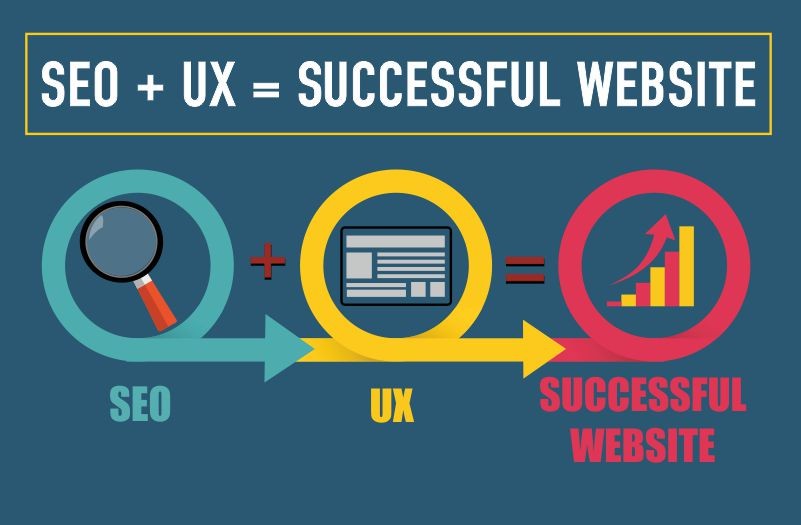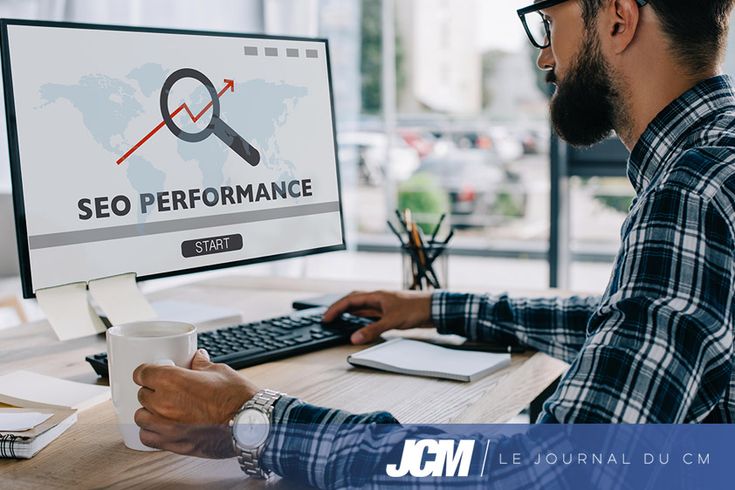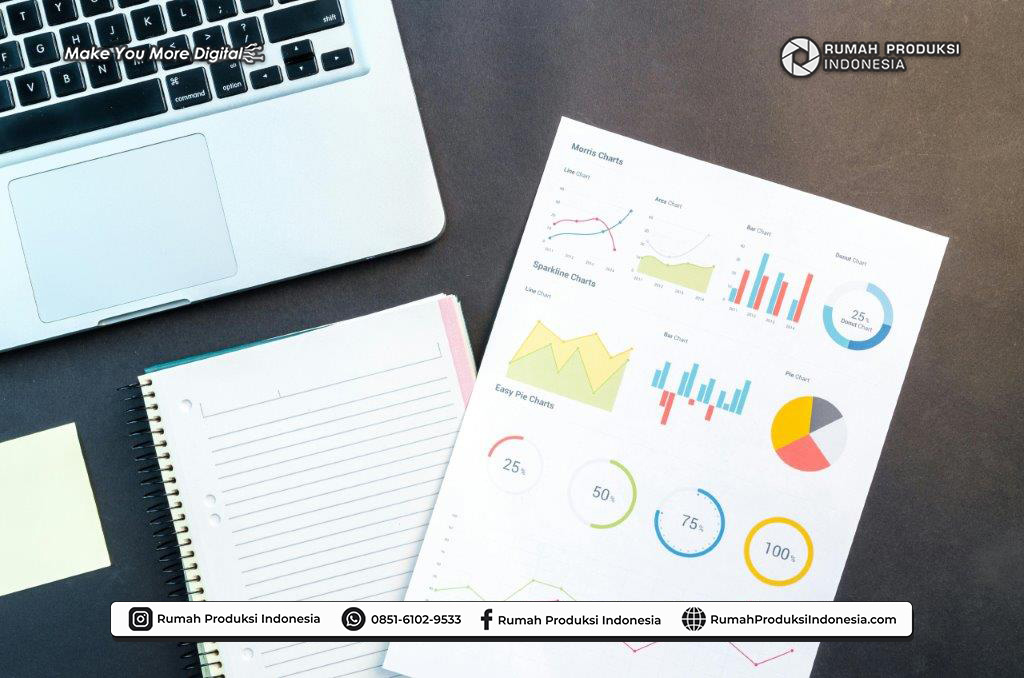
Optimizing User Experience for Better SEO
RPI – Optimizing User Experience for Better SEO. In the realm of digital marketing, the emphasis on user experience (UX) has become paramount, not only for engaging visitors but also for improving search engine optimization (SEO). Search engines like Google prioritize user satisfaction, making UX optimization an integral part of effective SEO strategies. In this article, we’ll delve into the importance of optimizing user experience for better SEO and explore practical techniques to achieve this synergy.
The Significance of User Experience in SEO
1. Search Engine Preferences: Search engines prioritize websites that offer a positive user experience. Factors such as page load speed, mobile responsiveness, and intuitive navigation contribute significantly to how search engines rank websites in search results.
2. User Engagement Metrics: Metrics like bounce rate, time on site, and pages per session are indicators of user engagement. Search engines interpret high engagement as a signal of relevance and quality, which can positively impact SEO rankings.
3. Enhanced Click-Through Rates (CTR): A well-designed and user-friendly website tends to attract more clicks in search results. Higher CTRs signal to search engines that your content is relevant to users’ queries, potentially leading to improved rankings.
Practical Strategies for Optimizing User Experience
1. Mobile Optimization: With the majority of internet users accessing websites via mobile devices, ensuring mobile responsiveness is crucial. Utilize responsive design techniques to provide a seamless experience across various screen sizes.
2. Page Load Speed: Slow-loading pages frustrate users and contribute to high bounce rates. Optimize your website’s performance by minimizing image sizes, leveraging browser caching, and using content delivery networks (CDNs).
3. Intuitive Navigation: Simplify website navigation by organizing content logically and implementing clear menus and navigation links. Users should be able to find information quickly and effortlessly.
4. Quality Content: Create valuable, relevant, and engaging content that caters to users’ needs and interests. Incorporate multimedia elements such as images, videos, and infographics to enhance the visual appeal and readability of your content.
5. Clear Call-to-Actions (CTAs): Guide users toward desired actions (e.g., making a purchase, signing up for a newsletter) with prominent and compelling CTAs. Use descriptive language that prompts users to take action.
6. Readable Typography: Choose fonts, font sizes, and color schemes that ensure readability across different devices and screen resolutions. Maintain adequate line spacing and contrast between text and background colors for optimal legibility.
7. User-Friendly Forms: Streamline the process of filling out forms by minimizing the number of required fields and providing clear instructions. Use autofill features where possible to reduce user effort.
8. Interactive Elements: Incorporate interactive elements such as quizzes, surveys, and interactive maps to engage users and encourage them to interact with your website.
Measuring and Improving User Experience
1. Analytical Tools: Utilize web analytics tools such as Google Analytics to track user behavior metrics and identify areas for improvement. Monitor key metrics like bounce rate, average session duration, and conversion rates.
2.User Feedback: Solicit feedback from users through surveys, feedback forms, or user testing sessions. Pay attention to common pain points and address them to enhance overall user experience.
3. A/B Testing: Conduct A/B tests to compare different versions of your website or specific elements (e.g., CTAs, page layouts) and determine which variations resonate better with users.
By prioritizing user experience and implementing these strategies, you can not only enhance user satisfaction but also improve your website’s SEO performance. Remember that user-centric design and optimization are ongoing processes, requiring continuous monitoring, iteration, and adaptation to evolving user preferences and search engine algorithms.
Baca juga: mediasosialagency.id
Rumah Produksi Indonesia
Di era dunia digital saat ini, Rumah Produksi Indonesia dapat membuat anda dalam pemenuhan sosial media yang profesional. Rumah Produksi Indonesia hadir dalam memberikan layanan digital solution sebagai pembuatan film, pengelolaan media sosial instansi pemerintah, dokumentasi kegiatan event, pembuatan animasi.
kami percaya bahwasannya teknologi yang profesional akan membantu bisnis semakin maju dan efisien. penasaran? Yuk, konsultasi gratis terlebih dahulu dengan menghubungi di kontak dan media sosial berikut
Baca Juga: Memperkenalkan Produk dengan Motion
Contact Us
WhatsApp : 0851-6102-9533 / 0877-7989-6335
Telp : (0274) 543761
Instagram : rumahproduksiindonesia
Email : rumpod.id@gmail.com




Tinggalkan Balasan